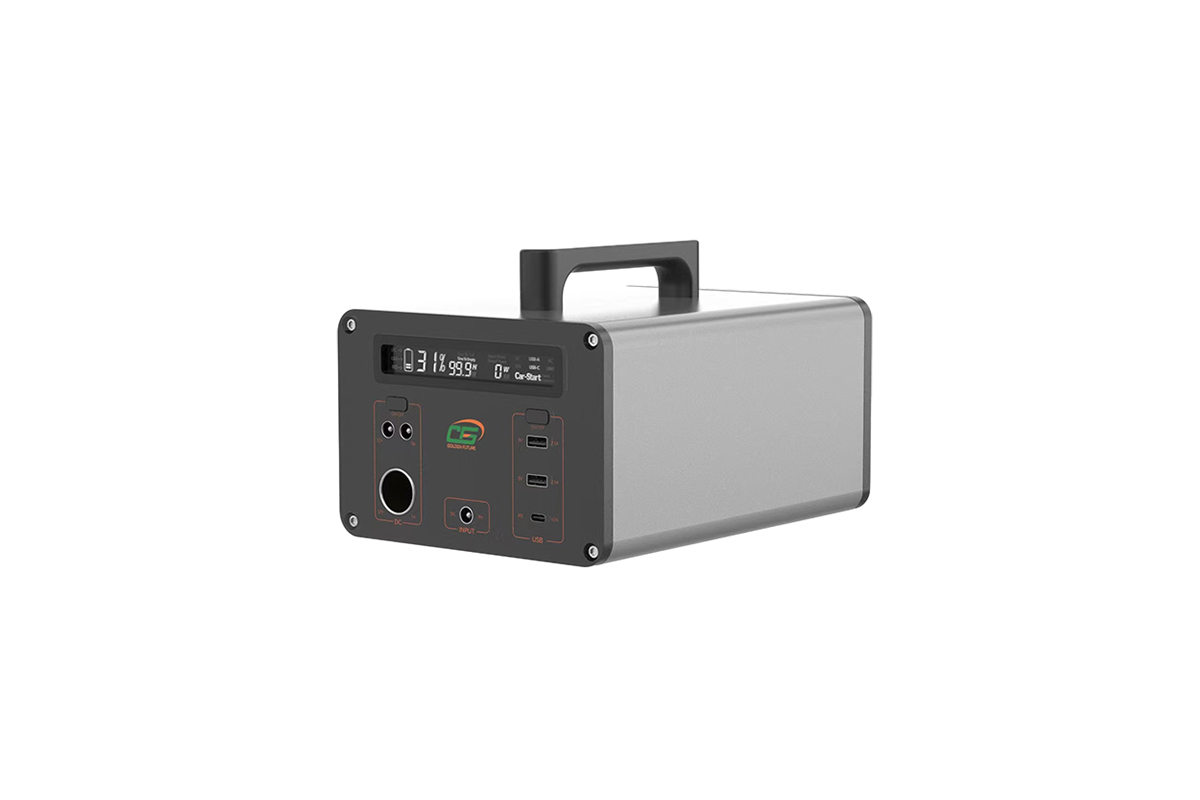

Time:2025-06-16 Views:1

Solid-state batteries (SSBs) are emerging as a revolutionary technology with the potential to transform the electric vehicle (EV) industry. Unlike traditional lithium-ion batteries that use liquid electrolytes, SSBs employ solid electrolytes, which offer several significant advantages for EV applications.
One of the most compelling benefits is enhanced energy density. Solid electrolytes enable the use of high-capacity anode materials such as metallic lithium, which can potentially double or even triple the energy density compared to conventional graphite anodes. A higher energy density means that EVs can achieve longer driving ranges on a single charge, addressing one of the major concerns of consumers: range anxiety. For example, while current lithium-ion batteries may provide an EV with a range of 300 - 400 kilometers, SSBs could potentially extend this to 600 - 800 kilometers or more, making EVs more competitive with gasoline-powered vehicles.
Safety is another crucial aspect where SSBs excel. Liquid electrolytes in traditional batteries are flammable and can pose a risk of thermal runaway in case of overcharging, short circuits, or physical damage. In contrast, solid electrolytes are non-flammable and have a higher thermal stability, reducing the likelihood of fires and explosions. This improved safety profile simplifies the battery management system design and can also lead to more compact battery pack designs, as less space is required for safety features.
Moreover, SSBs have the potential to enable faster charging. The solid electrolyte structure can support higher ion conductivity under certain conditions, allowing for quicker movement of lithium ions during the charging process. This could reduce charging times significantly, bringing them closer to the time it takes to refuel a gasoline vehicle. Additionally, the longer lifespan of SSBs, due to their stable solid electrolyte interface, means lower long-term costs for EV owners, as battery replacement may be needed less frequently.
Despite these advantages, there are still challenges to overcome before widespread adoption. The high cost of manufacturing SSBs, issues related to the solid-solid interface between electrodes and electrolytes that can cause capacity fading, and the need for new production processes are some of the key hurdles. However, major automakers and battery manufacturers are investing heavily in research and development to address these issues, and it is expected that in the coming years, SSBs will start to play a more prominent role in the EV market.
Read recommendations:
220v portable power station for boating